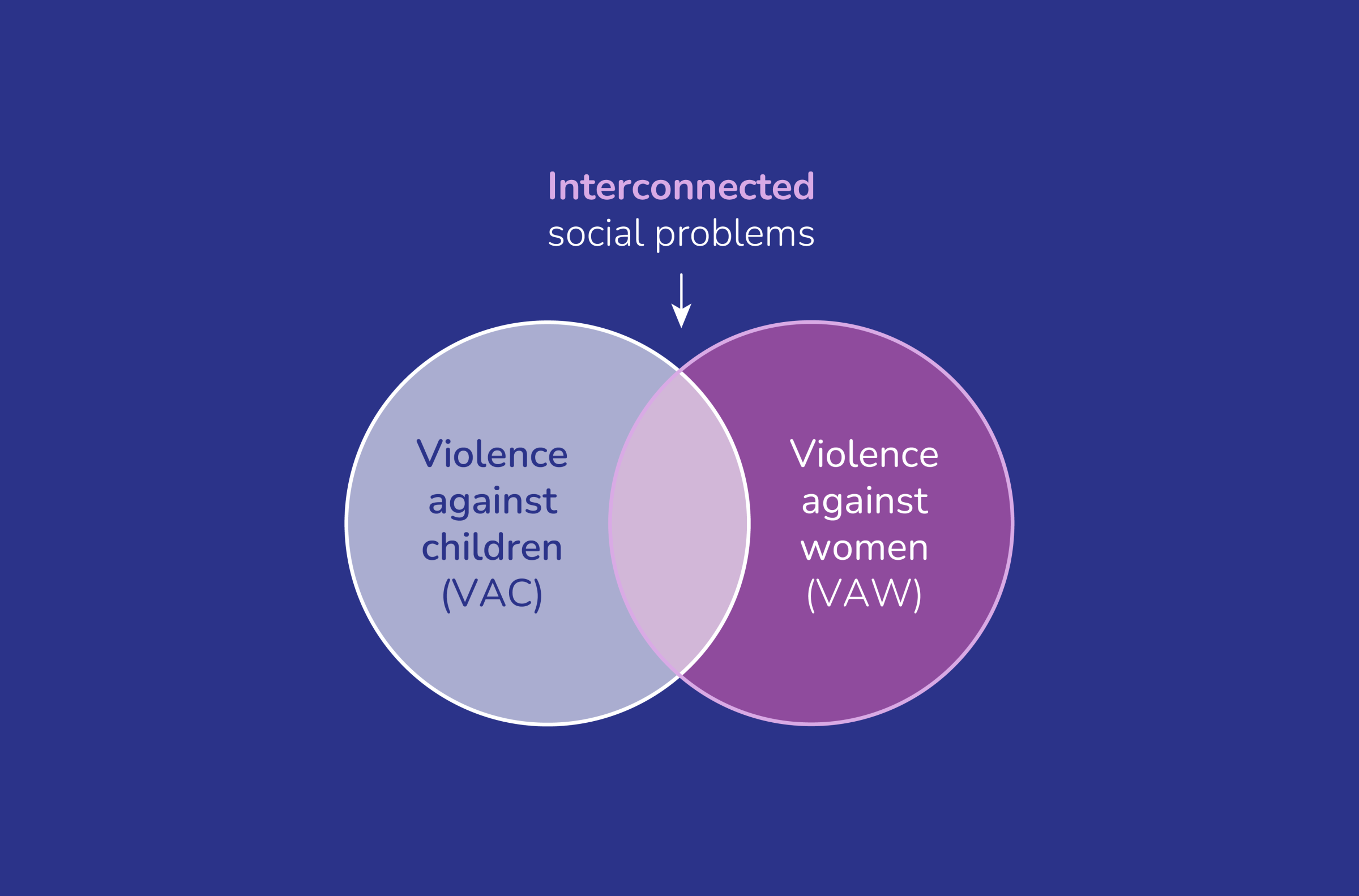Building the Evidence Base: 10 Years of Research on Violence Against Women and Children in Timor-Leste

Little is known in Australia about the perpetrators of domestic, family, and sexual violence (DFSV): their behaviours, risk factors, or potential points for intervention. Most research has focused on those who experience violence, rather than those who commit it. In partnership with QUT, Accountability Matter Project, Good Shepard and UNSW, and funded by ANROWS, this project aims to change that by generating the first systematic picture of DFSV perpetration in New South Wales, as a proof of concept for a future national approach.
To end violence against women and children within a generation, national and state strategies have recognised the need to address perpetration. Yet right now, there is very limited systematic data on who uses DFSV, how often, in what contexts, and why. Without this evidence, prevention and intervention efforts risk being reactive and incomplete — continuing to place the burden of change on victim-survivors rather than on those who use violence.
The project directly addresses these gaps by combining a representative population survey with an analysis of existing data sets:
Together, these approaches will build the first robust, evidence-based picture of DFSV perpetration in Australia.
The project will make six critical contributions to reducing and preventing DFSV:
By bringing perpetrators into view, this research lays the foundation for more effective prevention, more accountable policy, and ultimately, safer communities.
The land we live and work on always was, and always will be, Aboriginal land. We pay our respects to the Traditional Custodians of Country throughout Australia and acknowledge the ongoing leadership role of Aboriginal & Torres Strait Islander communities in preventing violence against women. We also acknowledge Traditional Custodians of the lands where EQI works around the world.
Read MoreYou have been logged out.
"*" indicates required fields